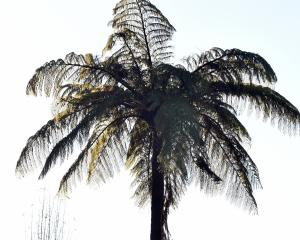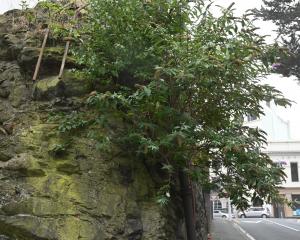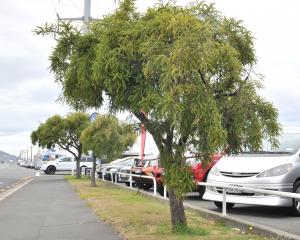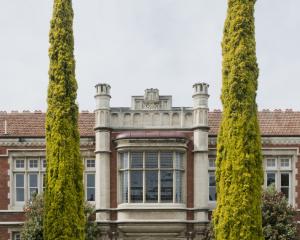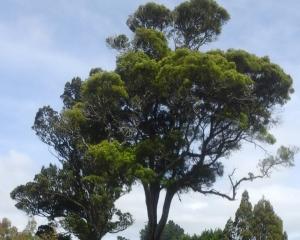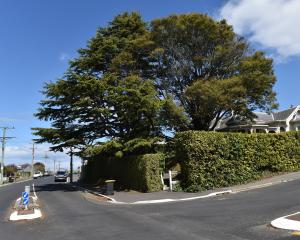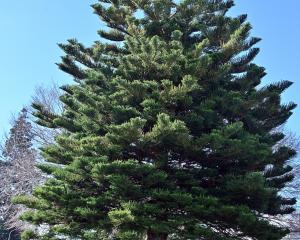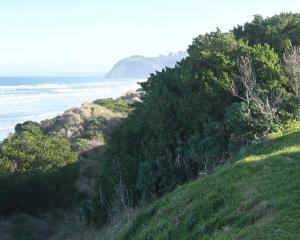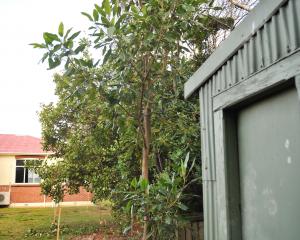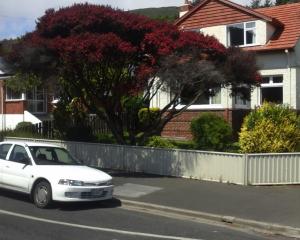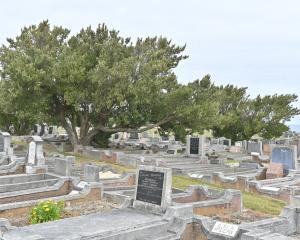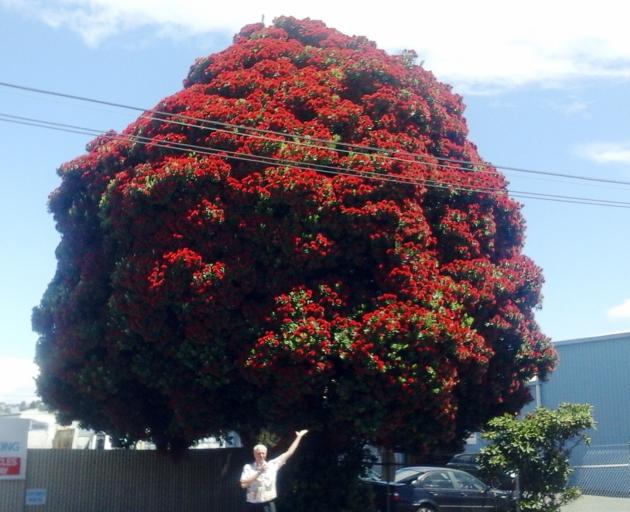

Not many people walk down Glasgow St these days. It's the one-way street to the west of the South Dunedin shops between Hillside Rd and Macandrew Rd. Unexpectedly, it's where my favourite pohutukawa, or New Zealand Christmas tree, grows - nearly opposite the junction with Sullivan Ave. For a week or two in summer, this old tree is a crimson island of life in a bleak industrial landscape. You can walk right up to it and touch the "alien" aerial roots hanging from its branches. Long may it avoid the dreaded myrtle rust found up north.
Pohutukawa (Metrosideros excelsa) have been iconic New Zealand trees since people first arrived here. For Maori, the dark-red flowers of the chiefly tree represent the blood of Tawhaki, a spirit ancestor who fell and died showing people the way from earth to heaven.
Our local Cook Island community know that the name po'utukava is used for a completely unrelated coastal bush (Sophora tomentosa , a cousin to our kowhai) in their homeland. The first Polynesians to arrive in New Zealand might have used this familiar name for the plant that put on such an impressive summer shoreline show in their new home. "Pohutu" can mean surf or splashing in Maori; a reference to the coast-hugging habits of both plants perhaps?
Our British forebears had fond memories of red holly berries and dark green leaves brightening the grey, wintry days around Christmas time. Pohutukawa conveniently offered up the same red and green display in late December, so the idea of the "New Zealand Christmas tree" was born in the mid 1800s. Bang on for Christmas colours, but not great for traditional decorations.
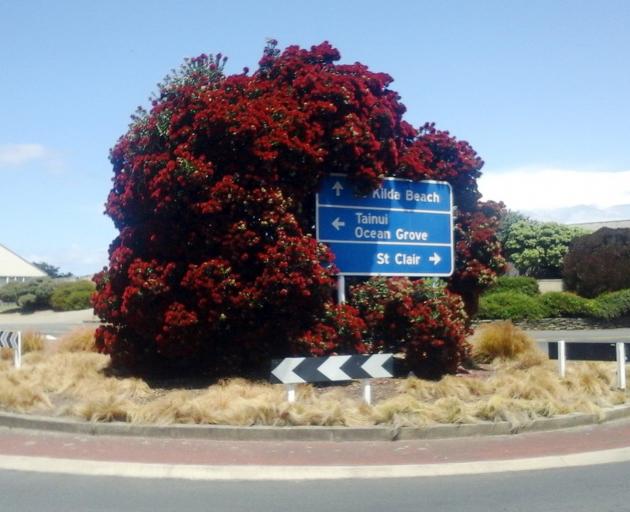
What really amazes me is that these North Island pohutukawa flower more spectacularly and more regularly well south of their natural range than the local southern rata do. Probably because they do "dry" as well as "wet", which is why they're growing so well along the salty, windswept edges of Portsmouth Dr. Not to mention Rangitoto Island near Auckland, where a vast pohutukawa forest has sprung up on little more than bare volcanic rock.
Look for the blood red display on our local trees over the Christmas-New Year holidays. When we have cool summers, our local pohutukawa are sometimes more New Zealand Waitangi Day trees than New Zealand Christmas trees as far as flowering goes. That's OK, because a different kind of symbolism comes into play.
Metrosideros trees and shrubs such as pohutukawa grow on almost all of the South Pacific islands settled by Polynesians in their oceanic voyages; Samoa, Hawaii, Tahiti etc. The plants got there before the people, but maybe the same winds and currents helped both on their way. Pohutukawa trees are a constant living reminder that we live in a part of Polynesia.
A gnarled, 800-year-old pohutukawa on a cliff top way up north at Cape Reinga is known to Maori as "the place of leaping". From this point, the spirits of the dead leap off the headland and climb down the roots of the tree, descending into the underworld on their journey to Hawaiki. So while pohutukawa is all about the beginning of a special new life at Christmas for New Zealand Europeans, it's all about the blood of a hero and the end of life for Maori. Two different world views bookending mortality, all in the same tree. Something to think about as you admire crimson pohutukawa flowers this summer.

